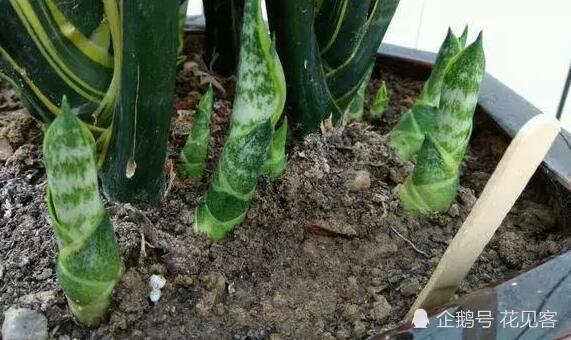Beijing style bonsai and its style

Although the formation of the school of Beijing bonsai is not long, it actually has a history of hundreds of years. In the miscellaneous books of the school garden written by Wang Shimao of the Ming Dynasty, it is said: "many millennials in the capital see a green Cao jade butterfly plum in the basin, the best of plum." It is recorded in the Old Daily News of the Qing Dynasty: "the capital buys peony, plum blossom, peach and Tanchun flowers in the twelfth month, all of which are stored in a warm room and baked by fire." Emperor Kangxi wrote two poems about bonsai: "pomegranate flowers for bonsai made by the emperor" and "pomegranate flowers in pots". In the late Qing Dynasty, on the basis of drawing lessons from the production of bonsai from other places, combined with local natural conditions and folk customs, it gradually developed into plum blossom pile scenery, court osmanthus tree, pomegranate bonsai, peony bonsai and so on. now Zhongshan Park, Summer Palace and other garden units have also preserved some osmanthus trees and pomegranate piles for more than a century.
Due to the limitations of natural and social conditions, the development of Beijing bonsai has been slow. Beijing Bonsai Association was established in 1980, especially after several national bonsai art exhibitions were held. Beijing bonsai has made great progress and quickly formed its own modeling techniques and artistic features.
In terms of modeling, we have absorbed the strengths of the southern and northern schools, mainly with scissors, supplemented by tie, and combined with scissors. The layout is tailored to material conditions, simple in complexity, fine in thickness, hidden in exposure, so as to achieve uneven distribution, change in unity and unity in change. Most of the lateral skills appear in horizontal style, and the crowns are mostly fan-shaped or semicircular to show the majestic momentum.
Beijing bonsai has learned and inherited the excellent tradition of classical garden art in the capital, and due to the influence of the Central Plains culture, its bonsai art style is honest, steady, quaint and simple.
The commonly used tree species are: goose ear mark, Pushu, Jingtiao, Huashan pine, rhamnus, maple, elm, mountain plant, juniper racket, spruce and so on.
Commonly used stone materials are: axe split stone, sand stone, thousand-layer stone, stalactite, chicken bone stone and so on.
- Prev

These three kinds of flowers will be cut in National Day holiday and then a wave of simple operation will take root and the flowers will burst in the coming year.
Autumn is a good time for cutting flowers and plants, with fast rooting and high survival rate, but with the "National Day holiday", the weather turns cooler and colder, and it has been slowly over to winter, and these three kinds of flowers can be cut again, simple operation, fast rooting and the coming year.
- Next

Tiger Pilan used this kind of strong leaf fertilizer to stand upright and easily spend the winter after National Day holiday.
With the improvement of living standards, more and more people will put some green plants at home, and tiger orchid is a very common plant, the leaves are tufted and erect, thick leathery, and there are irregular dark green cloud patterns on both sides.
Related
- Wuhan Hospital Iron Tree Blooming Result Was Instantly Frightened by the Gardener Master
- Which variety of camellia is the most fragrant and best? Which one do you like best?
- What is the small blue coat, the breeding methods and matters needing attention of the succulent plant
- Dormancy time and maintenance management of succulent plants during dormancy
- Minas succulent how to raise, Minas succulent plant pictures
- What are the varieties of winter succulent plants
- How to raise succulent plants in twelve rolls? let's take a look at some experience of breeding twelve rolls.
- Attention should be paid to water control for succulent plants during dormant period (winter and summer)
- Watering experience of twelve rolls of succulent plants
- Techniques for fertilizing succulent plants. An article will let you know how to fertilize succulent plants.

